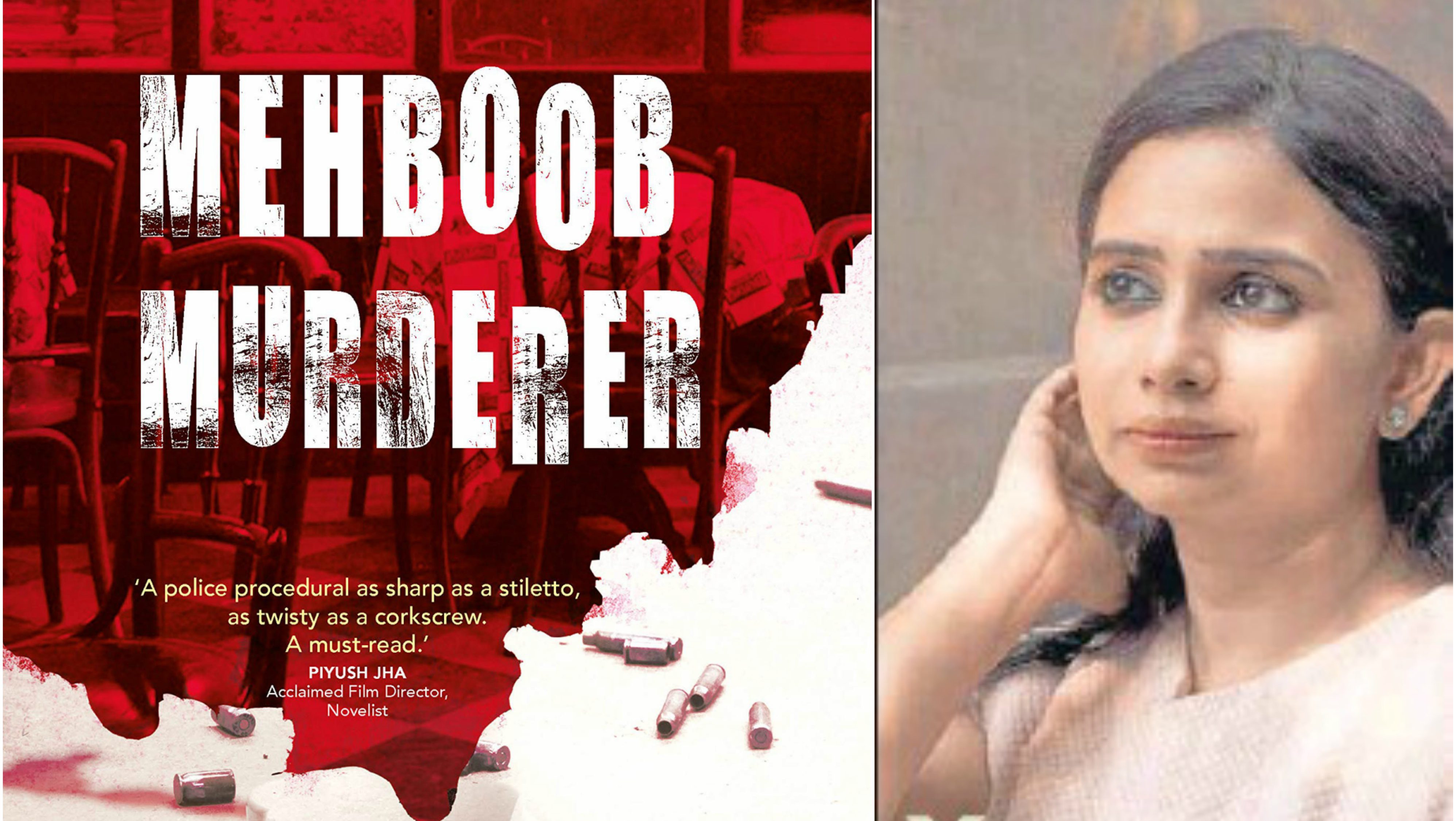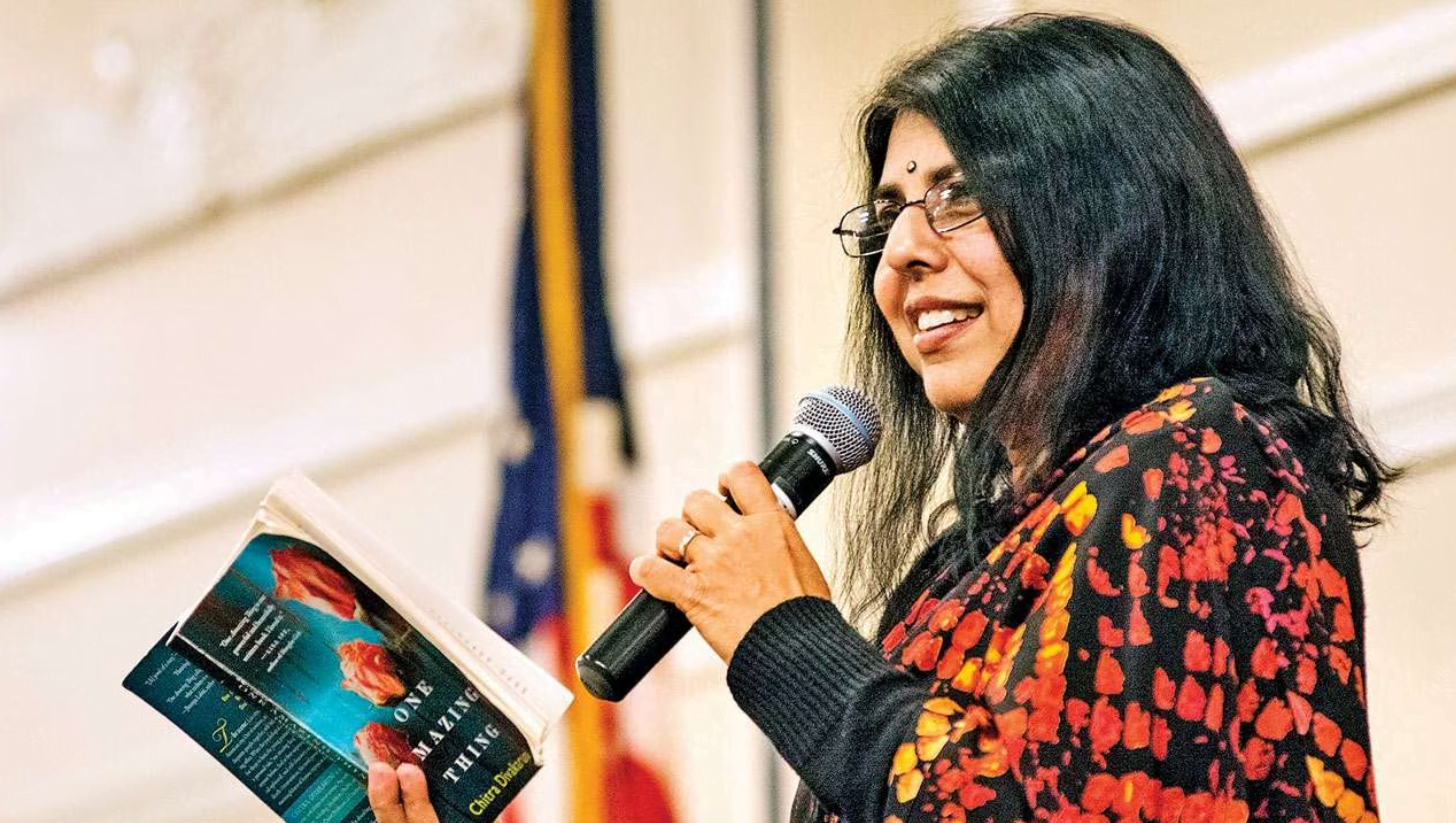Posted By Shreyasi Sharma
Mehboob Murderer by Nupur Anand is a fast-paced thriller, set in Mumbai. The story revolves around a shootout, when the 80-year-old Café Mehboob is targeted by a murderer. Six people are gunned down mercilessly. The narrator makes us take particular interest in their lives, while making a point about how victims are people, who matter more than catchy news headlines. This book is also an encounter with a city in all its loneliness. Mehboob Murderer will be able to interest mystery lovers and if you are living in the city of Mumbai, you will be able to relate to the narratives in the book!
Mehboob Murderer (2019)
Author: Nupur Anand
Publisher: Om Books International
Genre: Fiction
With the third person point of view, the narrator watches Inspector Intekhaab Abbas, a celebrated police officer, and his team, crack the murder case. They are given 14 days to catch the murderer, and shift the attention of news channels from the incident. What follows is a fast-paced and hard to put down the narration. The methodology of the third person narrator dives deep into the lives of each victim—the food they eat, the music they listen, the jokes they crack, and finally, how people listen to one another.
I had finished reading The Murder of Roger Ackroyd by Agatha Christie when I picked up Mehboob Murderer by Noopur Anand. Few pages in, and I had an uneasy feeling that the author’s prime motive wasn’t making us discover the murderer at all!
The way a city is being treated like a person in the book, reflecting the trash and tragedies, people go through every day, just to be able to live in this urban space, is intensified scene after scene and character after character. The significance of the story is not in finding who the murderer is. The shock of this work hits the readers when they find out how the case is being solved. There is a high probability that readers will figure out who the murderer is. But that is not why the story is important.
The way a city is being treated like a person, reflecting the trash, people go through every day, just to be able to live in this urban environment is something that is intensified scene after scene and character after character.
Much of the investigation encompasses talking to people, vendors and relatives. Basically, the clue resides in talking as much as possible to people, and getting them to talk as well. It is then, the inner working of urban life, which shows itself in the face of a killer.
There is also a sense of cluelessness as well as closeness, as each chapter comes to an end. With no hopeful silences, but only static ones, this story follows the journey of Inspector Abbas, while providing visuals and thoughts to additional characters. This is not a story of one person solving the case. Hence, additional characters do not become the background ‘others’ here.
Also read: Book Review: Waiting By Nighat Gandhi
The problem arrives when these additional characters are only presented in the framework of one case i.e. on the ground, working! The other issue is the violent depiction of the narratives of female victims, which makes the reader wonder why there is no presence of a female voice. There is no female character for whom I could cheer or be happy for. I guess the narrator wanted us to realize that!
The methodology of the third person narrator is diving deep into the lives of each victim; the food they eat, the music they listen, the jokes they crack, and finally, how people listen to each other.
I like the book for making the reader come close to see how a city treats its people. I wish the female voice could have been given more space, and shown as more than just a narrative soaked and overflowing in violence. The epilogue, however, gives us some hope. These problems might be answered by the author in her next book, as she hints at following some of the characters more closely.
Also read: Book Review: Against All Odds – Psychosocial Distress And Healing Among Women By Mahima…
The book is an encounter with the city and its people, and the loneliness it may bring. What drew me close to the story was the narratorial device of writing the lives of victims. As much as the story is about a megacity and its inner life, it is also about the interdependent way in which each character deals with their personal lives. The police officers in the story often make long journeys (even in the face of personal storm), draft questions, survey the scenes of crime, check video footag; only to find clues of a brutal act. But in the process, they witness more horrific incidents.
The reader is left examining what makes someone get away with ‘other’ crimes? What makes a city such a charming, yet daunting place to think of a life here?
Shreyasi Sharma is a post graduate in Literary Art and Creative Writing from Ambedkar University.




